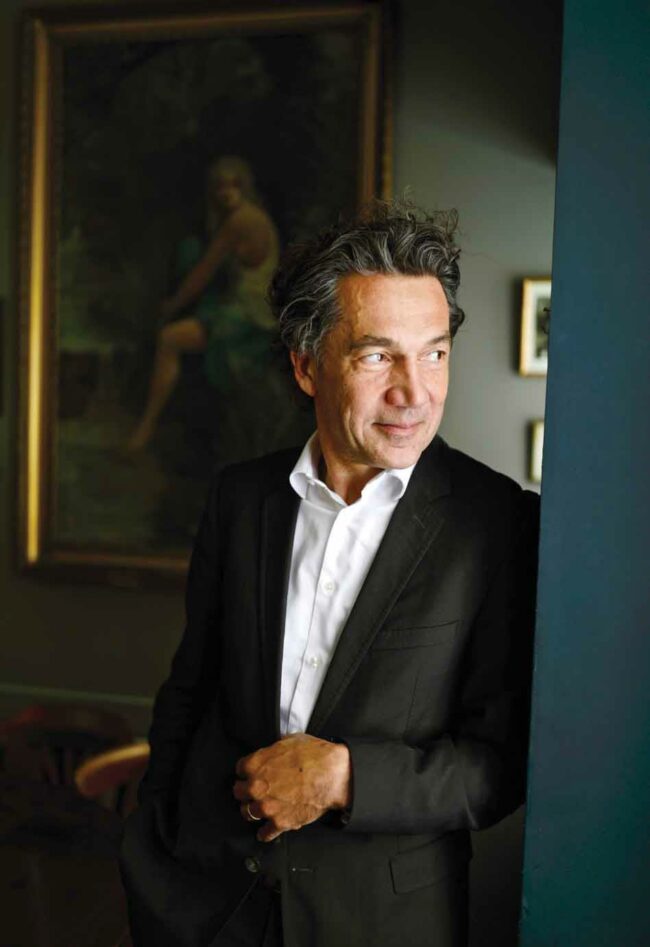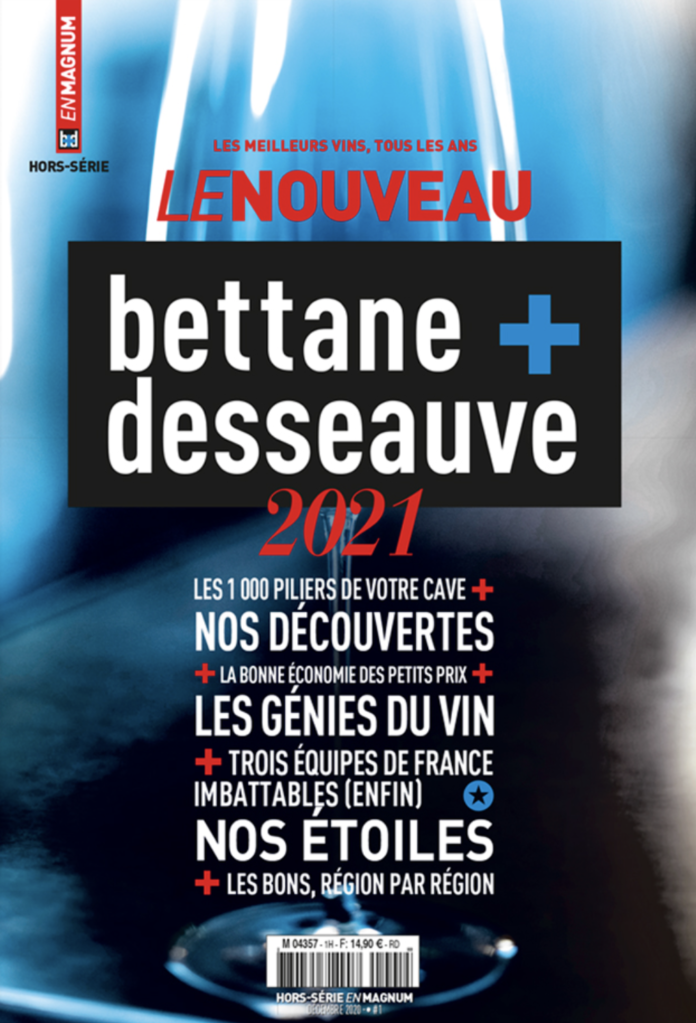By Michel Bettane and Thierry Desseauve
Through long discussions before creating our first guide of French wines twenty-five years ago, we made what now seems a strange observation: “In most vineyards, banality is the rule. Fortunately, in each wine-growing village, in each appellation, there are one, two, sometimes up to four or five producers who give a striking interpretation of their terroir and make wines that we think we really need to have in our cellar. Let’s list those in a guide ”. Harvest after harvest, emulation has played out, the small group of talented producers has grown, everywhere and in all types of organisation: growers, cooperative cellars, trading houses. Many have gradually taken up the challenge of quality by creating a curious “upside down” virtuous circle that should be highlighted.
Early in the cycle, awareness often resulted in the acquisition of a few new barrels to quickly transform the taste and style of the wine. These tiring and drying “oak veneered” wines quickly got boring. The winegrowers then understood that it was first necessary to refine their vinifications by controlling the temperatures in the vats where the musts ferment. They thus produce frank, merchant and loyal wines, but not yet with a very strong personality. Then comes the rediscovery of the vineyard. At the start of the 2000s, the producers we meet tell us: “The truth lies in the vines, before the cellar”. They then care about the harvest dates, understanding that the grape must reach a double optimum of fullness to produce a balanced wine: the sugar of the berry, of course, and the maturity of the tannins for red wines or the acidity for the white and rosé wines. This observation leads them to realise that each vineyard plot advances, on these criteria, at its own pace and according to its terroir and exposure potential. Plot selection – and the multiplication of vinification vats that this imposes – becomes a rule followed by many. Then, quite logically, comes the last step of this paradoxical journey: looking at the vines closely leads to respecting it and to asking the right questions about sustainable and organic viticulture. If we can find the reverse order of this revelation curious in hindsight, far removed from the great visionary programs imposed from above, it is clear that in a quarter of a century, the French vineyard has tought a lesson in pragmatic empiricism that could be applied in other areas.
Year after year, our guides have followed this movement. While our first edition, in 1995, listed less than 1,000 domains, the one published last year covered more than 2,500. By observing the realization of our old dream of seeing quality no longer be the exception but the rule, we also noted the gradual abandonment of our main mission: selectivity. What good is making a guide if everything is good? Precisely, to select the best. In a very satisfying wine-growing landscape, our work must more than ever allow our readers to unearth what is out of the ordinary, what imposes an imperious force or on the contrary what delights the soul and the throat, what opens up new style options or what represents the most classic representation of a terroir, what we discover or what is still there, what is a real deal or what is first and foremost an excellent investment, what inspires or what reassures. Thus, this “New Bettane + Desseauve” abandons the quest for unnecessary exhaustiveness to focus on the joys that we want to pass on to everyone.
A more limited choice – we have returned to the thousand good producers of our first guides – with the solid desire to share with you favorites, discoveries, unchanging values and exciting nuggets. We carried out this mission with a rejuvenated team, following as always the principles of an ecumenism without a priori. We have deliberately combined here awards, good addresses, analyzes, portraits and reports. These different editorial treatments seemed to us to illustrate the diversity and topicality of wine. Times have changed, so has the wine, and our guide needed to do the same.
























